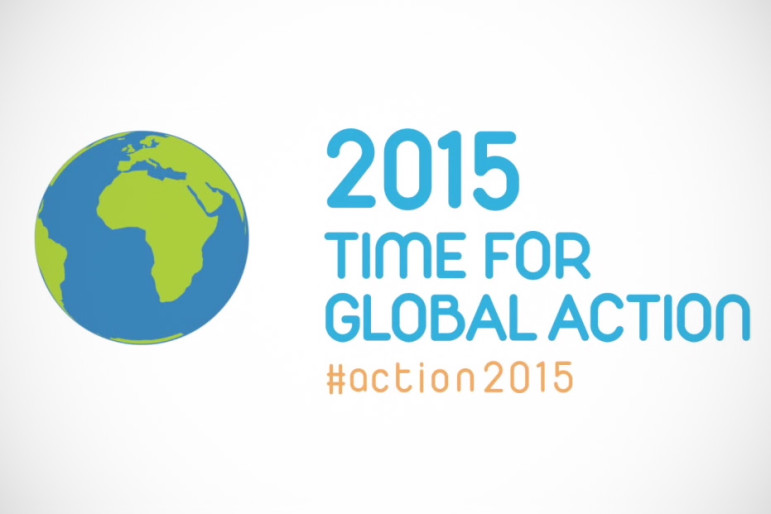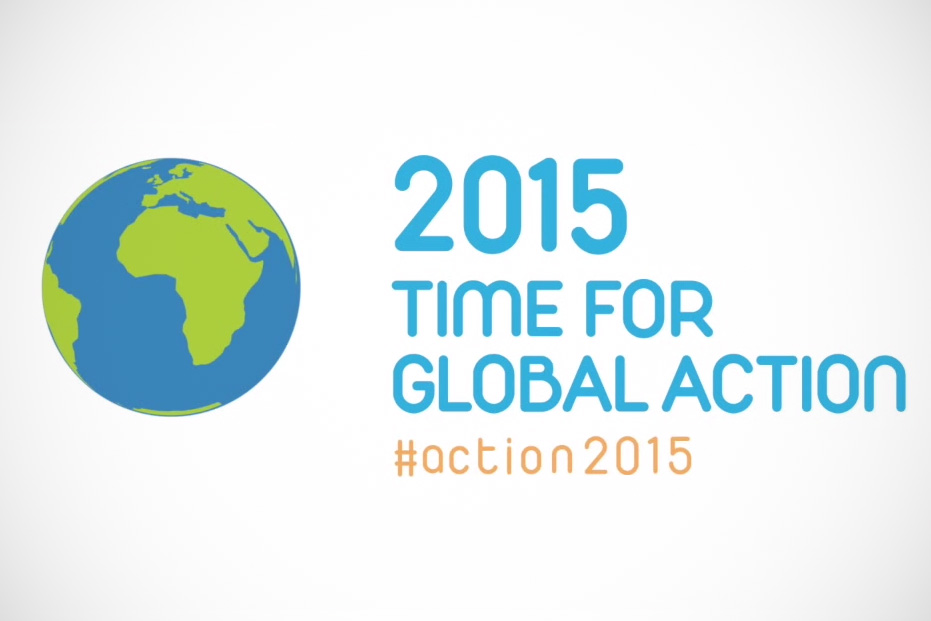
UN
According to action/2015, over 201 million people are unemployed around the world, with 74 million young people looking for work.
A British group called it a “ticking timebomb.” Pope Francis called it a defeat for humanity last year. And the World Economic Forum called the high level of youth unemployment around the world a threat to global stability last year.
“Chronic joblessness has become a pervasive reality for young people,” said Sean C. Rush, president and CEO of JA Worldwide, which describes itself as one of the largest global nongovernmental organizations (NGO) addressing challenges that young people face. “The sheer scale of global youth unemployment today is sobering.”
One-fourth of the world’s young people ages 15 to 24 have no productive work, according to Global Risks 2014, a report prepared by the World Economic Forum. The report listed unemployment, particularly among youth, as the second-highest risk facing the world. (In 2014 it listed the gap between the rich and poor as the highest global risk.)
“It’s the young who are most willing to take to the streets because they feel like they have nothing to lose,” said Helene Gayle, former president and CEO of CARE USA and new CEO of McKinsey Social Initiative, in the Global Risks 2104 report. “Many young adults with college degrees are unable to find jobs and some countries have more than 50 percent youth unemployment.”
The youth unemployment rate across the globe is three times as high as the rate for the rest of the workforce, according to the International Labour Organization, a United Nations agency focusing on labor issues.
“Additionally, hundreds of millions of youth have simply given up the search for employment or are informally and vulnerably employed — earning less than $2 a day,” Rush said.
On another front, labor organizers are taking action around the conditions young workers face. A burgeoning movement in the United States is seeking to raise the minimum wage. A recent article in the Nation documented a new labor push: opposition to the shifting hours and schedules of retail and food service jobs that leave young workers unable to plan their time in advance.
“We have never seen before a crisis like the one facing young people today,” said Gianni Rosas, coordinator of the ILO Youth Employment Programme. “It is a crisis that requires everyone to act together.”
NGOs take a stab at the problem
A JA Worldwide report, “Generation Jobless,” said the crisis stems from weak economies, large youth populations in developing regions and a mismatch between what’s taught in school and what’s needed in the workforce, echoing the perspective of business groups. It also cites labor laws such as minimum wage rules as a barrier to greater employment, although it acknowledges that such laws also serve to protect workers.
JA Worldwide grew from Junior Achievement, best known in the United States as an after-school program fostering entrepreneurship. JA Worldwide now has programs in 122 countries reaching 10 million youth annually through 450,000 volunteers, Rush said. It connects young people with businesses and teaches them business skills.
A small NGO based in the slums of Nairobi, Kenya, began with a similar goal. It sought to help young people set up small businesses by offering them training and microloans. The group, LivelyHoods, said that 68 percent of young adults in Kenya don’t have a stable income because of chronic unemployment. But the group quickly ran into trouble.
“I came in when they were piloting the model,” said executive director Tania Laden.
The youth said they didn’t want loans and didn’t have business experience, she said. So program founders asked them to survey the needs of young people and they interviewed 300 of their peers.
All of them had one thing in common. They had had experience selling things on the street, whether it was tomatoes, drugs or cellphone minutes, Laden said.
“[Selling] was a skill that helped people survive regardless of their educational background,” she said.
Today the program recruits and trains youth from urban slums, mostly in Nairobi. They sell products chosen by LivelyHoods to fill a need: cookstoves, solar lamps and reusable sanitary napkins.
Job skills training and the sales work provide a steppingstone to other employment, Laden said. Eighty percent of the young adults go on to school or to stable jobs, she said.
Alec Beru was one of them. He grew up on the streets of Kawangware, a Nairobi slum, living in various orphanages and centers for street children. He is now recruitment and training manager for LivelyHoods.
“That’s the gap we seek to fill,” Laden said.
The “Generation Jobless” report calls for five strategies:
- Job creation
- Preparation of young people for the job market
- Pathways to productive work
- Improved financial well-being
- The fostering of entrepreneurship.
In the United States
A Brookings Institution report last year called youth unemployment in the United States “staggeringly high,” with jobless rates for 16- to 24-year-olds in the double-digits for seven years.
“All of us have a role to play,” said Cara Willis, communications director for Opportunity Nation, a bipartisan national campaign of civic organizations, educational institutions, businesses and nonprofits. “It’s not just the responsibility of one sector.”
The group, which focuses on cooperation among these sectors, hosted a summit in February.
The gathering was co-sponsored by United Way, Jobs for America’s Graduates, the U.S. Chamber of Commerce Foundation and Business Roundtable.
Opportunity Nation issued a call to action in five areas:
- Train young adults through work-based learning experiences.
- Hire youth and increase employer demand for wider pipelines of young talent.
- Mentor youth through work-based, service learning or civic engagement experiences.
- Graduate youth by dramatically increasing the number of young people who receive a post-secondary degree or credential.
- Revive opportunity by capitalizing on bipartisan support for criminal justice reform.
Willis said she sees progress in the last area as criminal justice reform has gained bipartisan interest on Capitol Hill.
Participants left the summit committed to taking action, she said. More than three dozen leaders of nonprofit, government and philanthropic organizations agreed to work together to develop educational and career paths for young people.
Elisabeth Jacobs, author of the Brookings report, suggests action in 12 areas:
- Fully fund community colleges.
- Expand and revise the Registered Apprenticeships program at the Department of Labor.
- Establish career internship standards.
- Expand the earned income tax credit (EITC) to younger workers.
- Increase the size of AmeriCorps.
- Appropriate funds for the Youth Opportunity Grants Initiative.
- Overhaul school dropout prevention policies by offering programs that lead to employment.
- Fully fund and reform career and technical education programs in high schools.
- Expand current mentoring programs.
- Create incentives for public-private partnerships to benefit young unemployed people.
- Seek input from the private sector.
- Renew the financial commitment to current programs that reconnect young adults to education and employment opportunities.


























